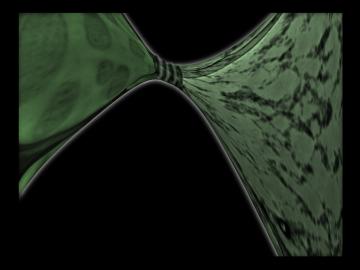
Filter News
Area of Research
- (-) Fusion Energy (2)
- (-) Materials (61)
- (-) Supercomputing (43)
- Advanced Manufacturing (3)
- Biological Systems (2)
- Biology and Environment (4)
- Clean Energy (73)
- Climate and Environmental Systems (2)
- Computer Science (2)
- Fossil Energy (1)
- National Security (3)
- Neutron Science (28)
- Nuclear Science and Technology (10)
- Quantum information Science (1)
- Renewable Energy (1)
- Transportation Systems (1)
News Type
News Topics
- 3-D Printing/Advanced Manufacturing (4)
- Advanced Reactors (1)
- Artificial Intelligence (6)
- Big Data (2)
- Bioenergy (3)
- Biomedical (2)
- Clean Water (1)
- Composites (1)
- Computer Science (16)
- Critical Materials (1)
- Cybersecurity (2)
- Energy Storage (2)
- Environment (4)
- Exascale Computing (2)
- Frontier (2)
- Fusion (2)
- Grid (1)
- Isotopes (1)
- Materials Science (7)
- Microscopy (1)
- Nanotechnology (3)
- Neutron Science (2)
- Nuclear Energy (5)
- Physics (1)
- Quantum Science (5)
- Security (1)
- Space Exploration (1)
- Summit (7)
- Sustainable Energy (4)
- Transportation (2)
Media Contacts

Four Oak Ridge National Laboratory researchers specializing in environmental, biological and computational science are among 49 recipients of Department of Energy's Office of Science Early Career Research Program awards. The Early Career Research Program, now in its ...
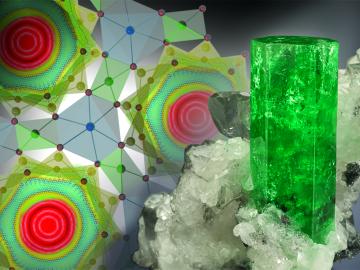
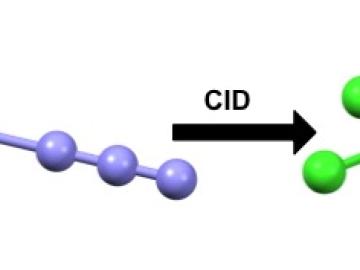
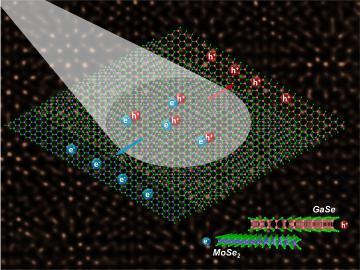
Epitaxy, or growing crystalline film layers that are templated by a crystalline substrate, is a mainstay of manufacturing transistors and semiconductors. If the material in one deposited layer is the same as the material in the next layer, it can be energetically fav...
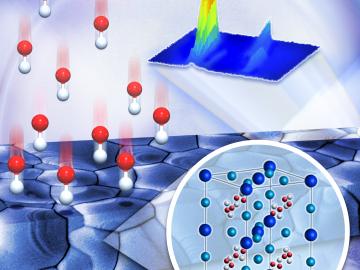
Researchers at the Department of Energy’s Oak Ridge National Laboratory have found a potential path to further improve solar cell efficiency by understanding the competition among halogen atoms during the synthesis of sunlight-absorbing crystals.
![In unbound calyx[4]pyrrole, two pyrrole “petals” are flipped up and two, down. In unbound calyx[4]pyrrole, two pyrrole “petals” are flipped up and two, down.](/sites/default/files/styles/list_page_thumbnail/public/news/images/anion_hr5_0.jpg?itok=sGtLzH0E)
Atomic charges in chemical solutions are like Switzerland—they strive for neutrality. The tendency to balance charges drives dynamics when charged atoms or molecules, called ions, are present in solutions. Recently, researchers at the Department of Energy’s Oak Ridge National Laborat...
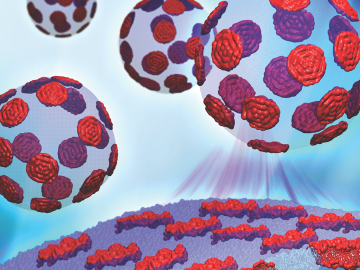

Rare earth elements are metals used in technologies from wind turbines and magnetic resonance imaging agents to industrial catalysts and high-definition televisions. Most are lanthanides, elements with atomic number from 57 to 71, lanthanum to lutetium, in the periodic table. The la...
